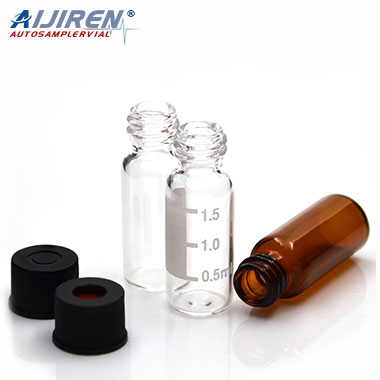Explore the nuances of microfiltration vs. ultrafiltration membrane filters. Discover key differences for precise filtration
Explore the nuances of microfiltration vs. ultrafiltration membrane filters. Discover key differences for precise filtration
Discover the perfect membrane filter design for your application. Tailored solutions for precision, sustainability, and more
Discover sterile PTFE syringe filters for aseptic cleanroom use. Precision filtration for demanding applications. Enhance cleanroom processes today.
Discover the suitability of PTFE syringe filters for culture media filtration. Learn about compatibility, advantages & best practices. Explore now!

0.2 um syringe filters are an essential laboratory tool used for sample preparation and filtration in various applications. They provide effective and efficient filtration of particulate matter, bacteria, and other impurities in samples, ensuring that the final product is pure and of high quality. As such, many researchers and scientists rely on 0.2 um syringe filters for their research and analytical work. However, there may be questions about their usage, compatibility, and proper disposal. In this FAQ, we provide answers to some of the most common questions about 0.2 um syringe filters to help users make informed decisions and achieve optimal results.

Syringe filters with 0.22-micron pore size are commonly used for filtering small volumes of liquids in various laboratory applications. They are designed to remove particles, bacteria, and microorganisms from the liquid samples, making them suitable for HPLC, GC, and microbiology applications. In this set of FAQs, we have covered various aspects of syringe filter 0.22 micron, including their applications, pore size, maximum pressure and temperature, compatibility with solvents, and storage.